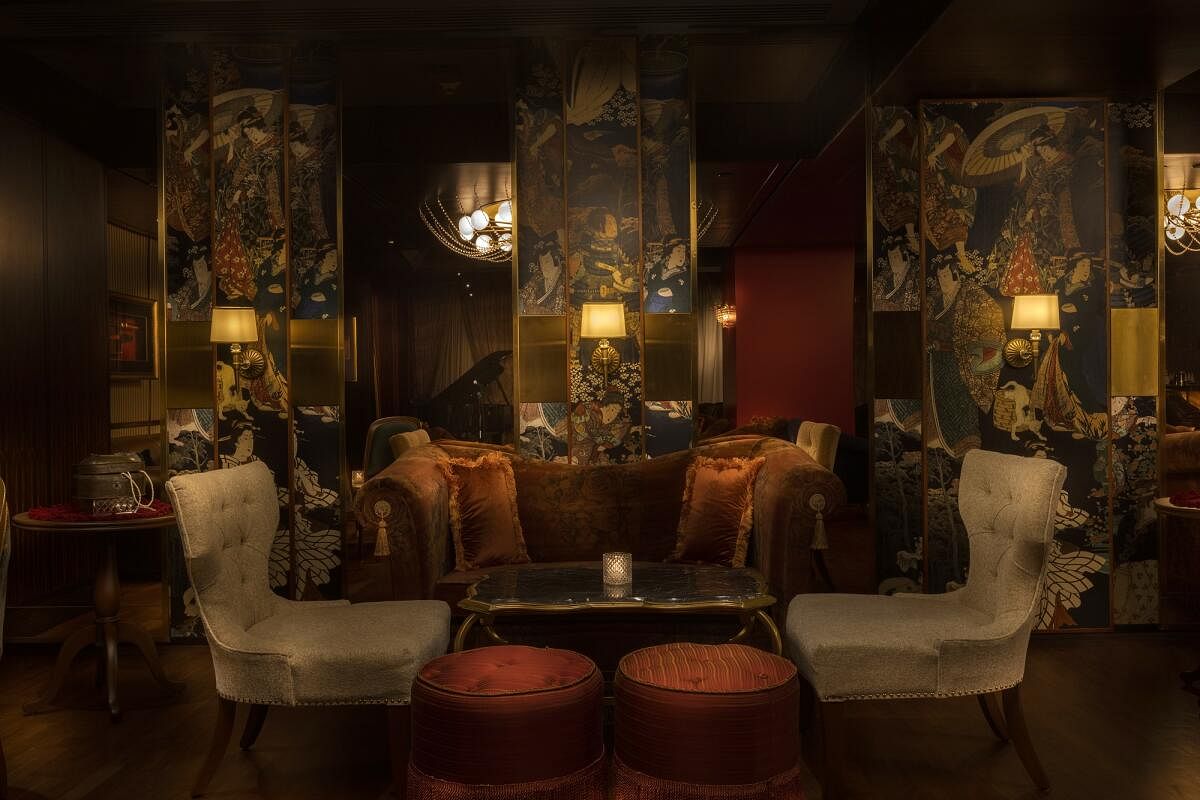
The Bengaluru culinary chart is marked by the rise of plant-based meat alternatives, hyper-local ingredients, authentic regional food and experimental cocktails. However, underlining all these trends is a need for exclusivity, intimate settings and unique experiences — the subtext that most restaurateurs fail to read or cater to. The reasons may be varied and valid, but the recent launch of a speakeasy bar has brought attention to this demand.
The concept of speakeasies was born in the Prohibition Era (1920-1933) when the sale and manufacture of alcohol was banned in the US. Typically they were illegal establishments that only people in the know had access to. While they continue to be shrouded in mystery, they are now completely legal. The trend is in its nascent stage in the city, but it does look promising.
Smaller and intimate
Armaan Reet, a 33-year-old entrepreneur who runs a coffee company, stumbled upon a speakeasy at Indiranagar Social by accident. “I was actually looking for the restroom and walked through a door, which sort of blends into the wall if you don’t look carefully. It was then that I realised it’s a hidden entrance to a speakeasy,” he shares. Reet has visited speakeasies in Prague and Budapest, where the bartender is also the server. He had actually been on the lookout for a similar experience in Bengaluru and this spot at Social came close. “They have a slightly different drinks program from the main bar. There’s a very nice whisky and coffee cocktail, which I love. But more importantly, it’s intimate. It’s not crowded and I always get my drinks much faster,” he explains.
According to Alistair Braganza, head of operations (south) at Social, the success and appeal of a speakeasy lies in striking the right balance between nostalgia and secrecy. “Vintage decor, creative cocktails and live entertainment are other factors that draw patrons,” explains Braganza.
Talking numbers
At 10 Speakeasy in Ashok Nagar, which opened its doors last year, the only way to gain access to the entrance is through a paan shop. Here too, an innovative cocktail menu, inspired by the Prohibition Era, is one of the highlights. The drinks, priced between Rs 1,200 and Rs 10,000, are curated by Yangdup Lama, an internationally acclaimed mixologist. Though one of the key ingredients of these establishments is a lower number of customers, 10 draws a substantial crowd. “Maintaining the enigma surrounding it and consistency in quality and service are more important for us than keeping a limit on the numbers,” says Chetak Athani, founder and owner of Kyra Hospitality, the parent company of the restaurant.
Zia’s Lounge and Bar 23 (ZLB 23) at The Leela Palace, Bengaluru is the latest to join the list. Taking cues from Kyoto speakeasies, this space specialises in Japanese whisky and boasts a menu of small plates covering the cuisine of the country. One can visit only by invitation. To score an invite, one is required to send a message to the ZLB 23 Instagram page, after which the location will be given. While the beverages are the focus at all three speakeasies in the city, ZLB 23 also pays attention to the music — live jazz performed by local bands such as Moonarra, and their resident pianist.
Legal angle
Though it’s all very secretive, the official licence and permission from the government is the same as other restaurants. “It requires a regular food and beverage licence, which is what you need if you open any restaurant in the city,” says Madhav Sehgal, general manager of the hotel.